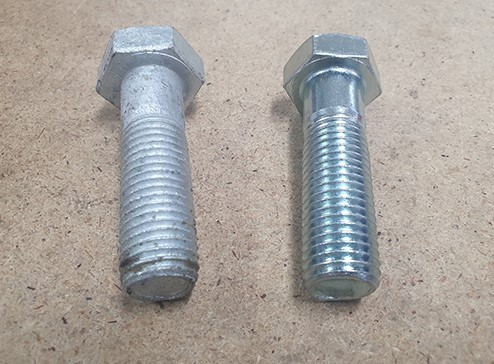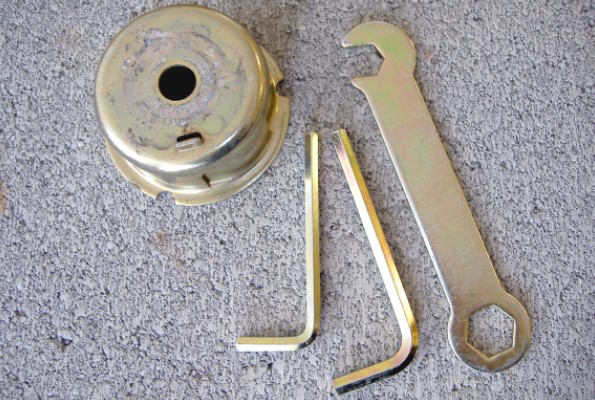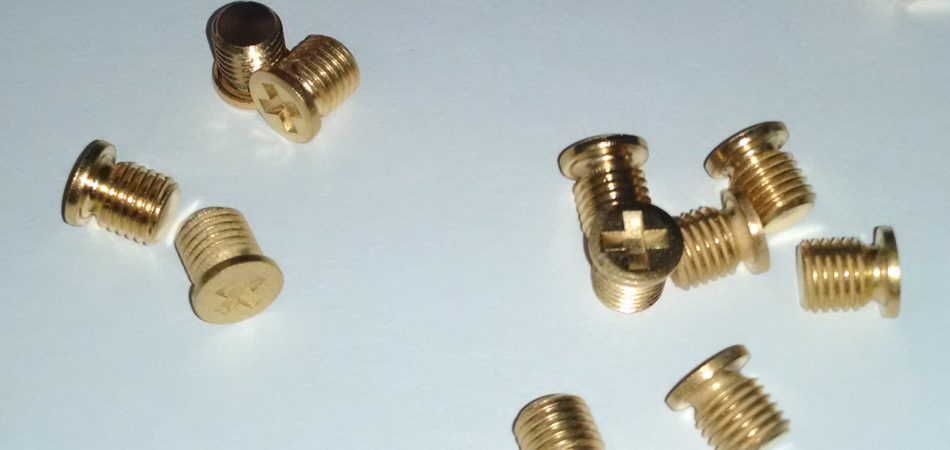Yellow Chromate is a coating applied over zinc plating to enhance the layer’s ability to form a seal against moisture-based corrosion. This finish will rust if not protected by paint or powder coating, although the yellow tint can last for years under heavy use. So, does yellow chromate rust?
Yes, yellow and clear chromate finishes will rust very quickly. Thus, yellow and clear chromates are normally used as “short term” corrosion protection, not long-term corrosion protection. The typical uses of yellow or clear chromate are heavy-duty hand tools, fasteners, or stampings that are manhandled before shipment to the customer.
The Yellow chromate is an electroplated finish used on steel and zinc plated parts. The purpose of yellow zinc chromate is to provide an electrolytic protection system that integrates the substrate with the coating, resulting in high corrosion resistance and an excellent-looking finish.
You should read further on chromating, and the information below will reveal all you need to know.
Contents
Difference Between Zinc-Plating And Galvanization
You must be wondering how the afore-mentioned description of metal plating is any different from galvanization. I mean, why is yellow chromate required in zinc plating but not necessarily in galvanization to prevent corrosion?
Galvanization involves coating steel or iron with zinc to prevent rusting by a method known as hot-dip galvanizing where the metal is completely submerged in molten zinc. Zinc plating, on the other hand, is done by using a current of electricity. It is also known as electro-galvanizing. Zinc plating does provide some level of rust protection as well but its thinner coating (compared to hot-dip galvanizing) is not as resistant to rust. This is why an additional layer of yellow chromate is applied to further strengthen rust resistance. The advantage of electro-galvanizing is that it is cheaper and allows for easy welding.

What is Chromating?
Chromating is generally a decorative finish with excellent corrosion-resistant quality for metals like aluminum, copper, zinc, tin, and magnesium. As earlier opined, it’s a thin layer finish; however, it is durable and the preferred option if you intend on transporting the metals in question. Chromating also provides a suitable surface for paint and other organic coatings.

A proper name for the procedure is chromate conversion coating and is commonly used for objects that are regularly used, such as screws, tools, and hardware. How is it done? The object is submerged in a chemical bath until the desired thickness has formed around the object. It is then removed, rinsed, and allowed to dry. The process should be carried out at room temperature. At first, the coating is soft and gelatinous but it hardens as it dries in 24 hours or less to make it hydrophobic.
Why Chromating?
Thus highlighted are the benefits of chromating:
- It is used to improve the durability of metals such as zinc alloys, tin, and aluminum
- It is used to reduce the reactivity of these metals (especially with water)
- It provides a decorative finish to their overall appearance
- It is used as a primer for the adherence of paints and adhesives
- It is used to inhibit corrosion, protecting the object from degradation/rust
- It improves electrical conductivity
Can Yellow Chromate be removed?
Zinc plating involves chromate conversion coating which does not necessarily come out yellow; it can be clear chromate or black chromate, but you can perform a chromate conversion coating with yellow chromate.

That said,
Say having plated metal, it came back a yellow chromate color, but you prefer a different finish like a shiny silver finish or perhaps you want to remove it without damaging the underlying layer of protective zinc plate, what do you do?
The first way I would answer the question is to note that you cannot plate the existing yellow color with zinc; that’s not an option! Why? The chromate is not metal and is non-conductive. Your best bet is to strip the object of the yellow chromate.
How can you strip the object of the yellow chromate? This part is quite scientific. There are two approaches to get this done:
One approach involves a double-dip chromating process, which was used by Ford. It involves dipping the freshly chromated object into a dilute warm solution of soda ash and caustic soda. The solutions remove the color.
The second approach is the best – silicate sealers! Silicate sealers, such as Superseal, Hyperseal, JS 500 can be used to remove the color. You can purchase them from metal finishing suppliers. All you have to do is dip the freshly chromated object into a heated solution of silicate sealers and the color should vanish.
It is noteworthy that I point out the key phrase in the above procedures – “freshly chromated object”. This implies that objects with already dried or aged chromated parts may pose a challenge in removing their color completely or it may take a long time to completely remove the color.
What about its rust-resistant feature? Removing the color does not compromise its corrosion protection capacity; on the contrary, it is enhanced.
Final Thoughts
Yellow chromate is applied to certain metals like zinc, aluminum, tin to prevent corrosion of these ferrous metals. When iron or steel is plated with zinc to prevent the iron from rusting, they are further coated with “yellow chromate” to prevent zinc from its white rust. Yellow chromate is an excellent rust-resistant coating.


